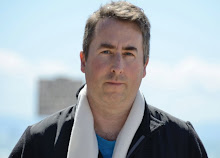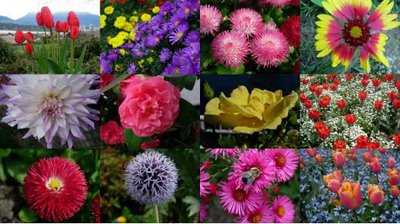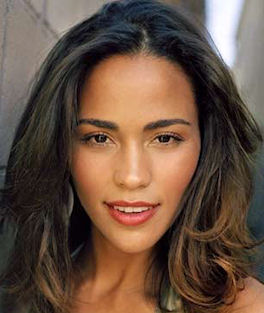Introducing Faux HDR (FHDR)
Anyone who has observed my photography work over the years knows that I've become a big fan of HDR (High Dynamic Range) imaging. If you're not familiar with this technique then please take a look at Trey Ratcliff's excellent tutorial.
During Vancouver's recent spat of miserable weather, I've been revisiting the photographs I took last Spring & Summer in & around my hometown. But now, I'm reprocessing them with Lightroom 4.3 and HDR Efex Pro 2.0.
Anyone familiar with "true" HDR knows that you're supposed to have 1 + 2N original photos (ie. 3, 5, 7, etc.) where the first is taken with a normal exposure and then the additional ones are an equal amount underexposed or overexposed. For example, when I'm taking a photograph that I strongly suspect I'll want to turn into an HDR image, I almost always set my camera to "A" (Aperture priority mode) and take 3 photos in this sequence:
- Normal exposure
- -2.0 EV
- +2.0 EV
However, there are times when I'm only capturing one photograph for each shot I've composed. This is always the case if there's rapid movement or if the light is quite low and no tripod is available. It's also pretty much the case for most of my photos prior to July 2012.
So, if only one photo was taken of a given scene, does that mean that HDR can't be later employed? Well, while I believe it's correct to say that True HDR can't be used, there is still something you can do. I'd like to introduce a new acronym to the photography world: FHDR = Faux High Dynamic Range imaging.
To create an HDR effect with just one source photo, there's a little trick you can use in Lightroom. Here are the steps:
- In Library mode, right-click on the photo in question and choose Create Virtual Copy.
- Repeat Step #1 to create a 2nd virtual copy.
- Select the first virtual copy and decrease its exposure via the Quick Develop panel on the right. You decide by whatever amount works best for you, sometimes altering for the photo in question.
- Now select the second virtual copy and increase its exposure by the same EV amount that you chose in Step #3.
Then you just need to select those 3 photos and export them to your favorite HDR software for the actual processing. I fully appreciate that this can't possibly generate the same great results as with 3 or 5 or 7 or 9 actual original photos, but if you only have one to begin with then c'est la vie! Here are some examples of FHDR images I processed in this manner:


















































No comments:
Post a Comment